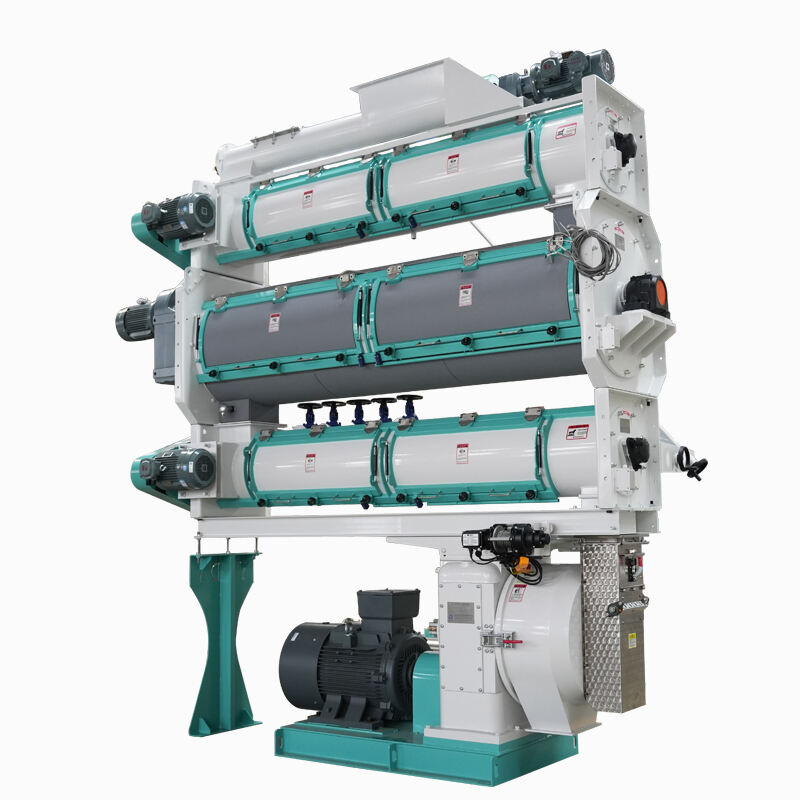Feed efficiency and optimal animal nutrition requires production of high quality feed pellets. Right techniques and equipment, regardless of whether you are producing livestock, poultry or aquatic feed, can greatly enhance pellet durability, nutrient retention and yield.
The following is the process of manufacturing high-quality feed pellets with a pellet feed machine, together with the professional instructions of Shanghai Yuanyuda International Trade Co., Ltd.
Choose the Right Raw Materials
Good feed pellets begin with appropriate selection of ingredients:
Grains (corn, wheat, barley) -They are sources of carbohydrates and energy.
Sources of protein (soybean meal, fish meal) - Muscle building necessities.
Fats and oils – Enhance pellet stability and energy levels.
Vitamins and minerals- Balanced nutrition.
Hint: To bind and make pellets, it is necessary to grind the materials to a similar size (0.5-1.5mm).
Optimize Moisture Content
Optimal humidity: 12-16% (Over dry = does not bind well; Over moist = clogging and risk of mould).
The steam conditioning (when present) conditions the starch gelatinization, which increases the pellet hardness.
Properly Mix Ingredients
Apply horizontal or vertical feed mixer in case of even distribution.
Blending should be constant to avoid segregation of nutrients.
Select the Right Pellet Mill Die and Roller
The size of die holes defines the diameter of pellets (e.g. 2-8mm poultry/livestock).
Pellet hardness is dependent upon compression ratio (die thickness / vs. hole size):
Low compression (1:5-1:8) -soft pellets (water feed).
High compression (1:10-1:12) - Hard pellets (poultry/livestock).
Die and roller wear should be checked regularly- Worn parts will diminish the pellet quality.
Adjust Pellet Machine Parameters
Ideal temperature: 70-90 o C (assists in binding particles without obliterating nutrients).
Correct feeder rate -Do not overload the pellet mill.
Check amperage - sudden increase points out to blockage or incorrect settings.
Cool and Dry Pellets Properly
Extrusion moisture and temperature should be reduced with a pellet cooler.
Target moisture: less than 10 per cent to avoid spoilage.
Poor cooling results into crumbly pellets.
Screen and Package Pellets Correctly
Eliminate fines (small broken particles) with the help of a vibrating screener.
To keep them fresh, store in dry and airtight bags.
Why Choose Shanghai Yuanyuda’s Pellet Feed Machines?
We offer high efficiency production lines of pellet feed, which include:
Turn key solutions (grinding, mixing, pelleting, cooling, packaging)
Pellet mill dies custom made depending on the type of feeds
Installation training and professional.
These best practices will help you to make quality and durable feed pellets that will maximize animal growth and feed efficiency. Together, let us optimize your feed production!

 EN
EN















